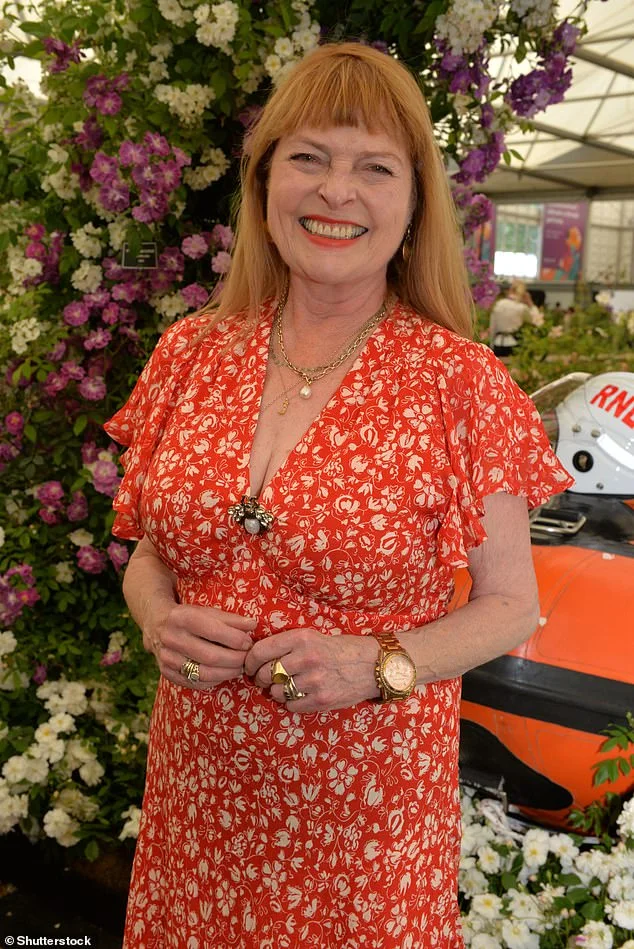Back in 1983, the playground outside my child’s primary school was buzzing with whispered secrets.
A father had been spotted with another woman, and naturally, the news traveled fast.
Everyone hesitated to tell his wife directly—because messengers rarely fare well—but eventually, one brave soul spilled the story.
The response? “Oh, I know,” said the wife. “It’s what we do.
Our marriage isn’t confined just to each other.” Suddenly, the gossip shifted gears.
An open marriage? Could it work? Could we even find the time for that amid lost property hunts and misplaced gym shoes?
The Promise and Perils of Open Relationships
Questions arose quickly: How could you trust the other person to keep their end of the “no strings” deal? And what about the spouse on the outside—did anyone stop to think about their feelings?
In our group, we collectively pitied the wife, the one living this modern arrangement.
Fast-forward to today, and the themes feel eerily familiar when listening to Lily Allen’s latest album, West End Girl.
Through sharp, heart-wrenching lyrics, Allen captures the unraveling of an open relationship—reportedly reflecting aspects of her own marriage to David Harbour.
It’s a story as old as time: a woman falls for a magnetic partner, and they negotiate rules that seem reasonable in the flush of love.
From Liberation to Complication
For Baby Boomers like me, open relationships sounded almost progressive.
Unlike our mothers and grandmothers, we grew up with the promise of freedom: contraception, spontaneity, and the idea that sex could be enjoyable without dire consequences.
Yet, with the Swinging Sixties and the permissive Seventies, the new social norms shifted both women’s freedoms and men’s expectations.
The assumption became: if women could embrace sexual freedom, men should too. And if they didn’t, society deemed them unliberated or frigid.
But reality rarely fits tidy ideals. Inviting another person into a marriage, even with rules, is complicated.
Emotional attachments can develop, lines blur, and suddenly what was intended as an arrangement becomes a yawning chasm.
Intimacy Is Built, Not Borrowed
Marriage is more than shared beds—it’s shared history.
Intimacy grows from years of inside jokes, minor triumphs, disasters, and mutual understanding.
Once another person is added to the mix, even slightly, the mirror reflecting your spouse can become distorted.
Some emotional connections inevitably form, and then the risk of misalignment rises.
Whether you’re a celebrity navigating red carpets or a parent coordinating a school raffle, eventually, you’ll face quiet evenings with just your partner.
If you haven’t nurtured your bond, even open agreements can erode what once felt secure.
A New Approach for Younger Generations
My children and grandchildren’s generation tend to take their time choosing life partners. “Situationships” allow them to explore compatibility without rushing into marriage.
Unlike our era, where teens felt pressured to move swiftly from one partner to another, today’s approach is deliberate, thoughtful, and allows young couples to test shared values before committing.
Many of these relationships eventually crystallize into traditional marriages once a couple feels confident.
There’s still value in signaling permanence, commitment, and shared happiness—without needing to label the union as “open.”
Open Marriages Aren’t Always Modern Solutions
Often, the person advocating for openness is the same one who might have pursued affairs in the past.
Technology may make infidelity easier to manage logistically, but emotional fallout remains just as potent.
Lily Allen’s heartbreak is a reminder: even well-intentioned agreements can go awry, and the repercussions can ripple beyond the couple to children and extended families.
For those who believe open relationships work, more power to you.
But for those of us who’ve lived through the highs and lows of love, heartbreak, and complicated arrangements, we’ve seen how it tends to play out.
Sometimes, waiting, observing, and learning from experience is the wiser path.

